Analysis of Water Treatment Project in Suco Holarua
VerifiedAdded on 2022/12/29
|5
|603
|99
Report
AI Summary
This report provides an analysis of a water treatment project implemented in Suco Holarua, focusing on improving access to clean water and sanitation. The project aims to address health issues caused by poor water quality, such as diarrhea and weakness. The report highlights the project's strengths, including its potential to reduce chronic diseases and promote hygiene, and its weaknesses, such as limited government support and educational challenges. It also discusses regulatory and safety considerations, including the Service Delivery Assessment (SDA) program, and the need for improved infrastructure and sanitation. Furthermore, the report outlines the future scope of the project, emphasizing its importance in supporting infants and pregnant women, and promoting a healthier lifestyle through clean water access. The project seeks to align with initiatives like the Millennium Development Goals and disaster risk assessments to enhance living standards and ensure sustainable water management. The report references relevant sources to support its findings and recommendations.
1 out of 5
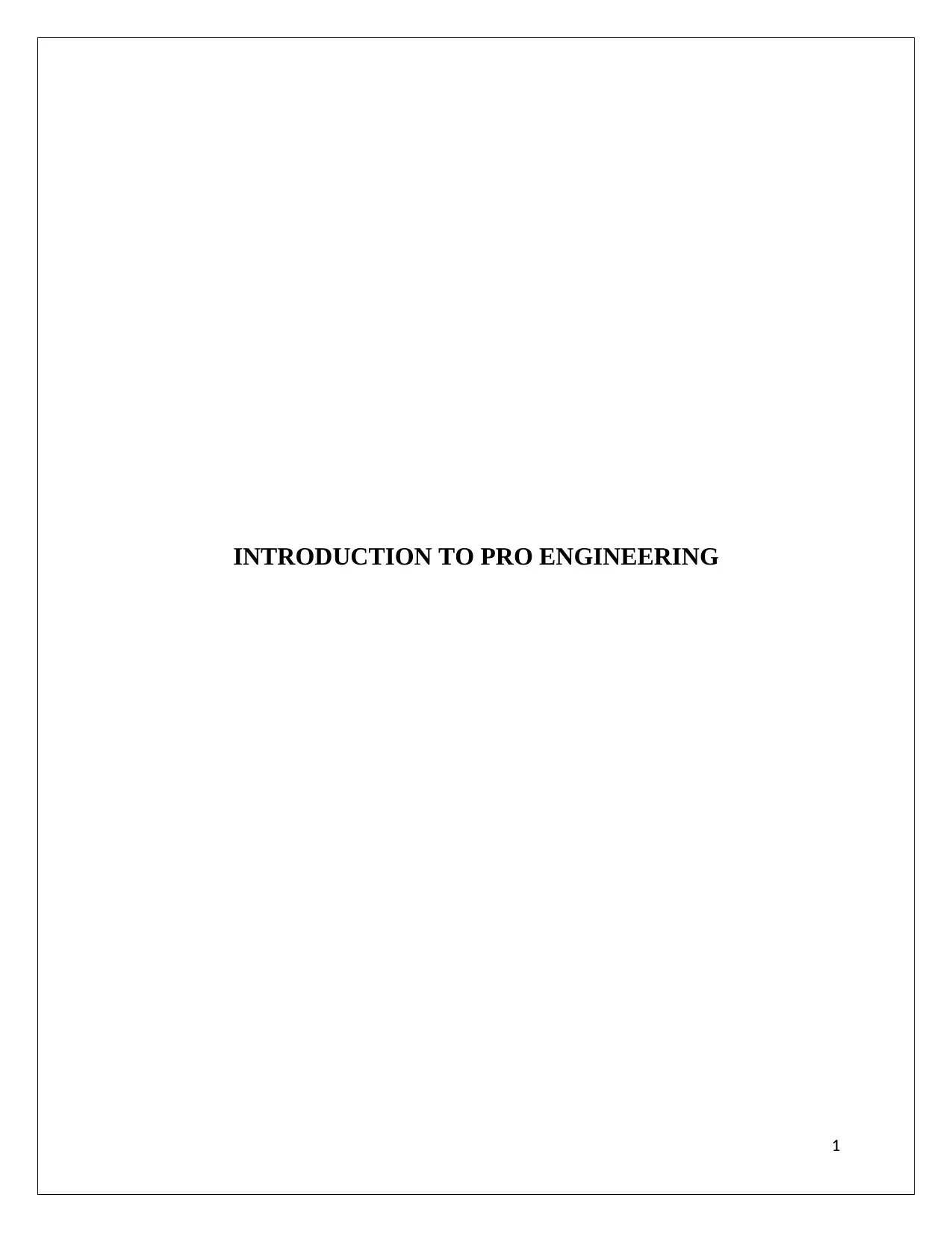
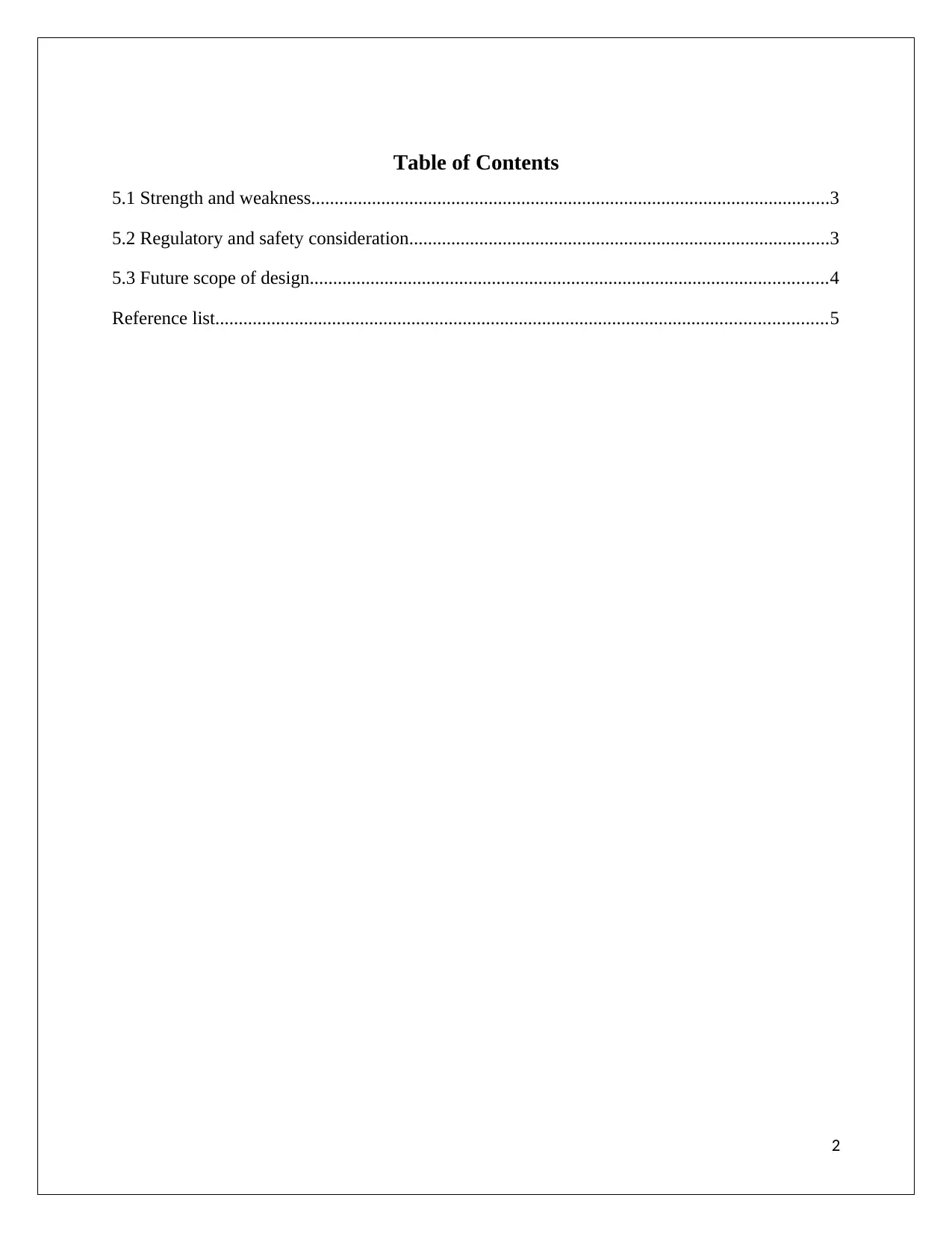
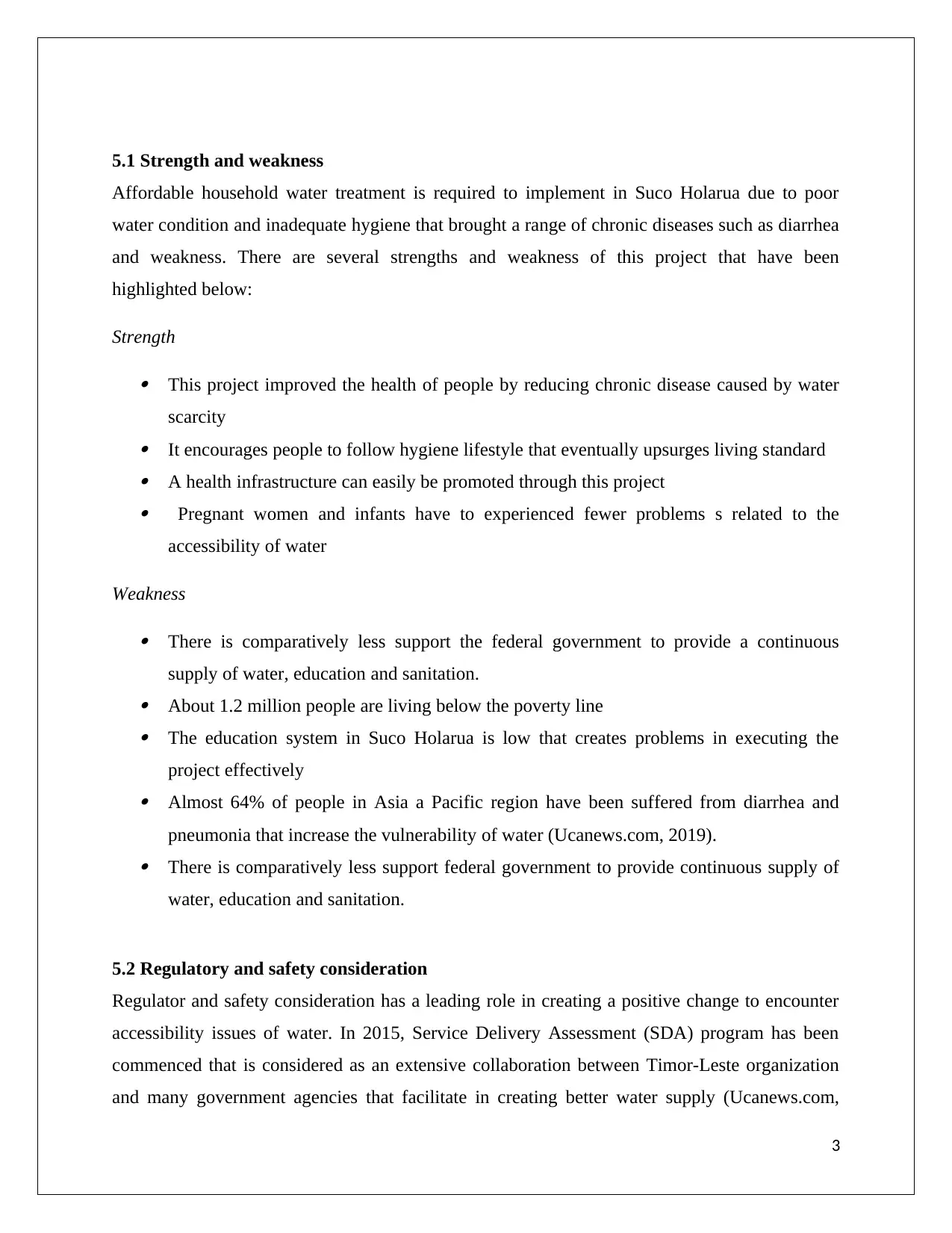

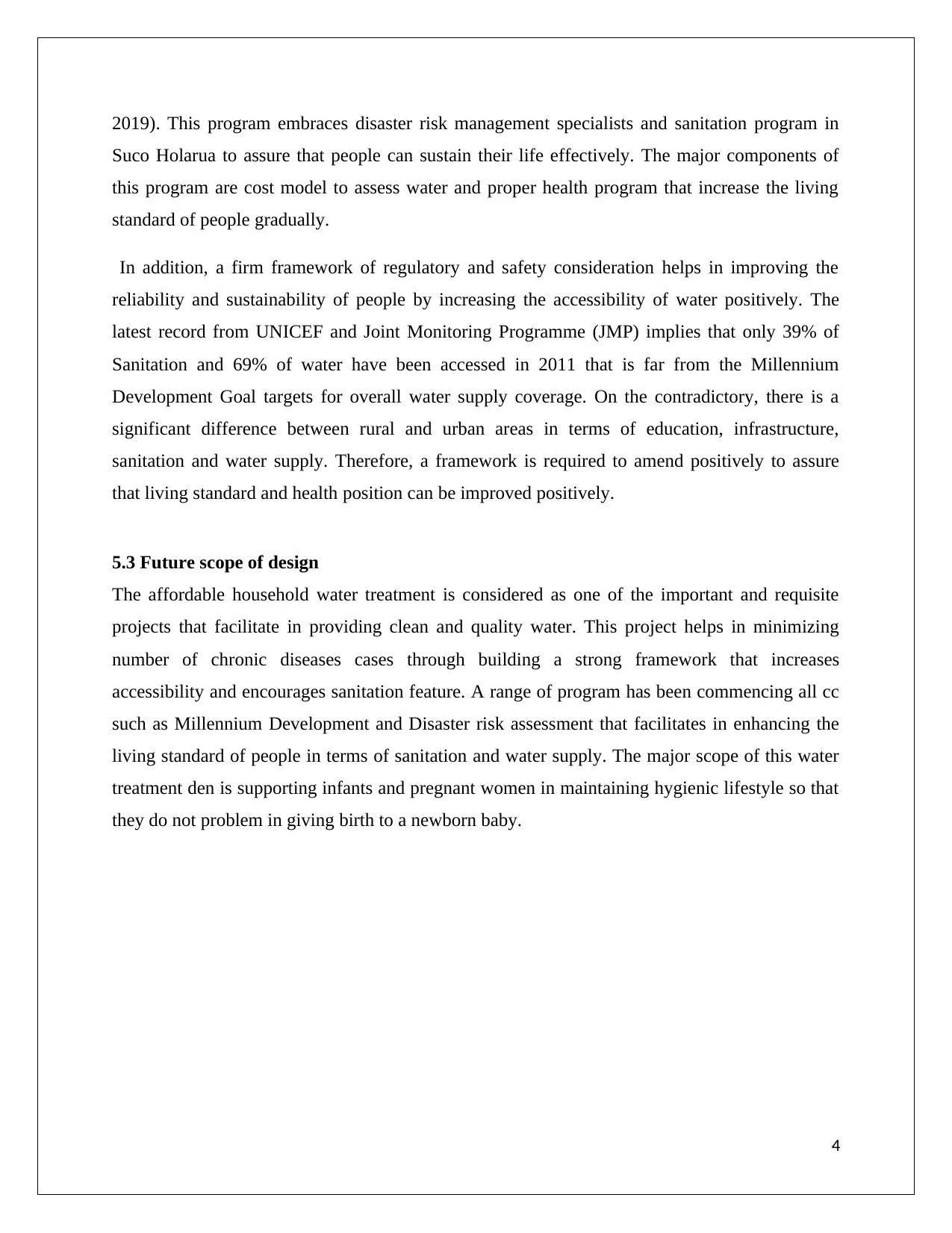
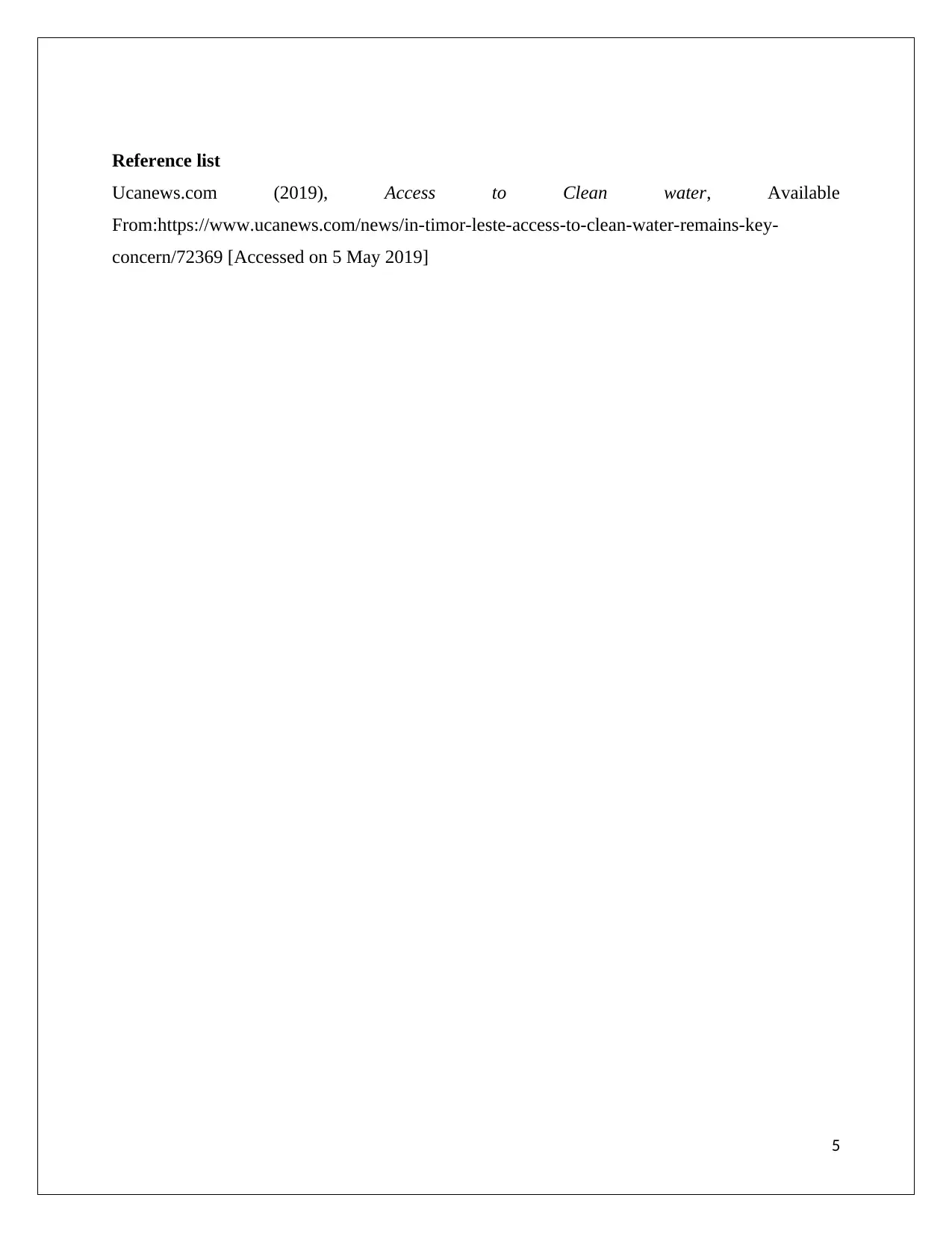
![[object Object]](/_next/static/media/star-bottom.7253800d.svg)